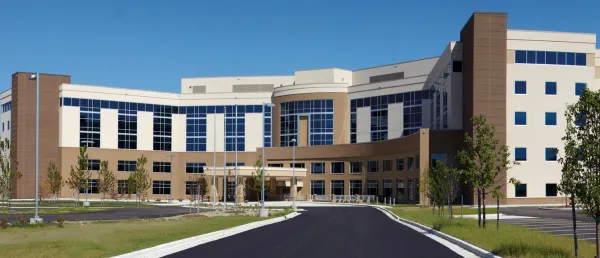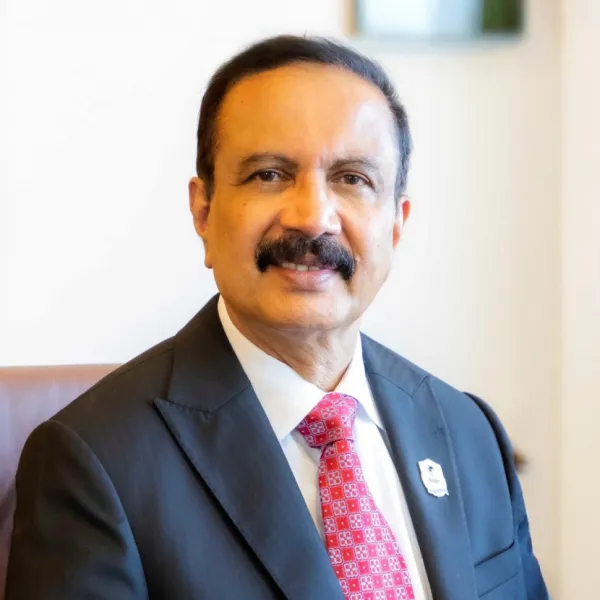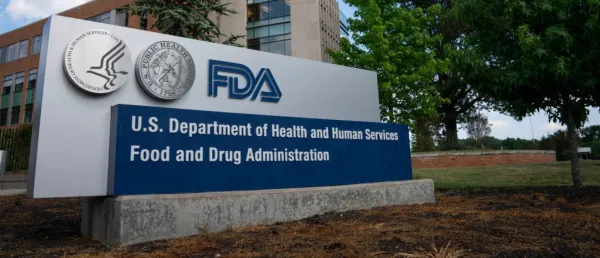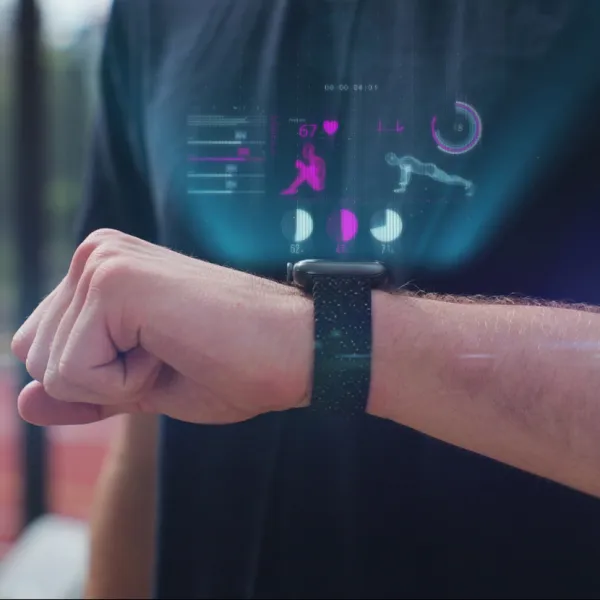Move Over Metros: Why Tier 2 & Tier 3 Cities Hold the Key to India’s Digital Health Transformation

India’s healthcare landscape is undergoing a digital revolution, but the most profound transformations are not happening in metropolitan cities alone. Instead, Tier 2 and Tier 3 cities and rural regions are emerging as the real drivers of digital health adoption. With increasing internet penetration and smartphone usage, the digital healthcare wave reaches previously underserved communities, redefining accessibility and affordability in healthcare services.
The Digital Health Boom Beyond Metros
Recent data highlights the rapid pace at which digital health infrastructure evolves beyond urban centers. Rural India now accounts for 53% of the country’s internet users, with over 442 million smartphone users, making mobile health solutions more accessible. The telemedicine market is projected to grow at a CAGR of 20.7%, reaching $15.1 billion by 2030. These numbers underscore the potential of digital health solutions in bridging the urban-rural healthcare divide.
Key Drivers of Digital Health Expansion
Growing Internet & Smartphone Adoption— With increased connectivity, healthcare services are now available to millions in non-metro areas.
Telemedicine Expansion— Virtual consultations, tele-ICUs, and digital diagnostics are breaking location barriers and allowing patients to access specialist care remotely.
Government Digital Health Initiatives – Programs like Ayushman Bharat Digital Mission (ABDM) and eSanjeevani are strengthening telehealth services.
Affordable Health Solutions – Cost-effective digital consultations reduce the financial burden of travel and hospital visits.
Health Education & Awareness – Digital platforms enhance preventive healthcare through better patient awareness.
AI & Data-Driven Healthcare – Artificial intelligence streamlines diagnostics, predictive analytics, and personalized treatment plans.
Public-Private Collaborations- Healthcare providers and tech firms are collaborating to scale digital solutions in smaller cities and rural areas.
Telemedicine: The Backbone of Healthcare Access in Non-Metro India
Telemedicine is at the heart of India’s digital health revolution. In a country where 65% of the population lives in rural areas but 80% of healthcare infrastructure is concentrated in cities, telemedicine is crucial in addressing the doctor-patient ratio gap (1:1,511, below WHO’s 1:1000 recommendation).
Impact of Telemedicine:
30% cost savings on healthcare expenses.
40% reduction in hospital readmissions due to improved remote monitoring.
50% lower consultation costs, making quality healthcare more affordable.
15-20% decline in ICU mortality rates with remote patient monitoring.
160 million+ teleconsultations conducted through eSanjeevani, demonstrating its growing acceptance.
Telemedicine optimizes specialist availability, improves critical care through Tele-ICUs, and reduces hospital infrastructure burdens. Leading healthcare organizations actively invest in these areas to ensure that high-quality specialist care is accessible to remote communities.
Bridging the Urban-Rural Healthcare Divide
Digital health is not just an alternative but necessary for India’s rural and semi-urban regions. Limited healthcare infrastructure, fewer skilled professionals, and accessibility challenges have long plagued smaller cities and villages. Emerging digital health technologies are actively bridging these gaps, including AI-powered diagnostics, IoT-enabled patient monitoring, and seamless Electronic Medical Records (EMR).
Transformative Digital Health Solutions:
Tele-ICUs and Teleradiology – Critical care services are now available remotely, reducing dependency on physical infrastructure.
AI-powered Diagnostics – Faster, more accurate diagnosis ensures better treatment outcomes.
IoT-driven Health Monitoring – Continuous tracking of vital signs reduces emergency visits and enhances preventive care.
Mobile Health Apps – Providing easy access to consultations, prescriptions, and health records.
Public-Private Partnerships: Driving Scalable Solutions
The combined efforts of the government and private healthcare players are vital for sustaining digital health growth. Initiatives like Aster Digital Health’s Tele-ICU, Teleradiology, and mobile healthcare platforms are expanding specialized medical services to underserved regions. Such collaborations are key to making healthcare more inclusive, efficient, and patient-centric.
Conclusion
The next phase of India’s digital health transformation will be led by Tier 2 and Tier 3 cities, where demand for accessible, affordable, and high-quality healthcare is at an all-time high. With the right mix of policy support, technological innovation, and strategic partnerships, India’s digital health revolution will continue to break barriers and redefine healthcare for millions beyond metro regions.
As digital health solutions gain momentum, the true impact will be measured in numbers and in lives transformed, ensuring healthcare is no longer a privilege but a right for every Indian, regardless of location.
Stay tuned for more such updates on Digital Health News





























